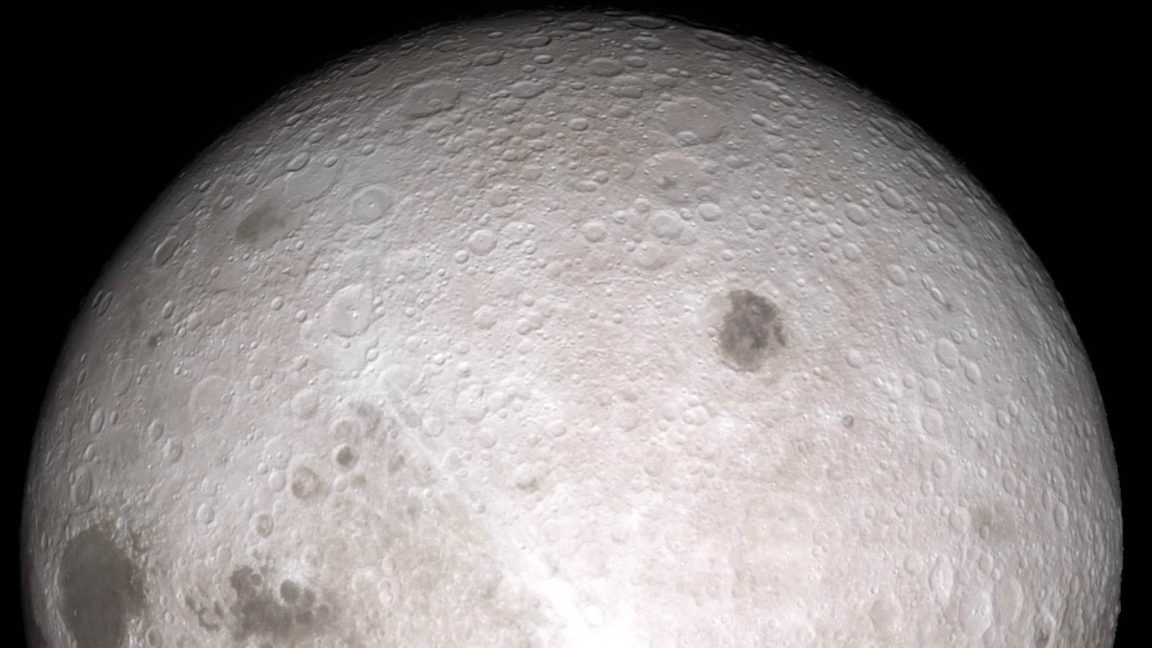
"If one country places a nuclear reactor on the Moon, others must navigate around it, legally and physically. In effect, it draws a line on the lunar map."
"The Outer Space Treaty affirms that all countries have the right to freely explore and access the Moon, but explicitly prohibits territorial claims."
"While visits by other countries are encouraged, they must be preceded by prior consultations, granting operators control over who can enter and when."
"Building a nuclear reactor establishes a country's presence in a given area, especially in resource-rich areas like the lunar south pole."
International law allows for the peaceful use of nuclear power on the Moon without prohibitions. The deployment of such technology is critical, as the first country to succeed in this area could influence norms and legal expectations regarding lunar activity. The 1967 Outer Space Treaty governs such actions, requiring states to respect each other's interests. Establishing a nuclear reactor entails a certain level of control and influence over lunar resources, particularly in strategic locations like the lunar south pole where significant resources are available.
Read at Ars Technica
Unable to calculate read time
Collection
[
|
...
]